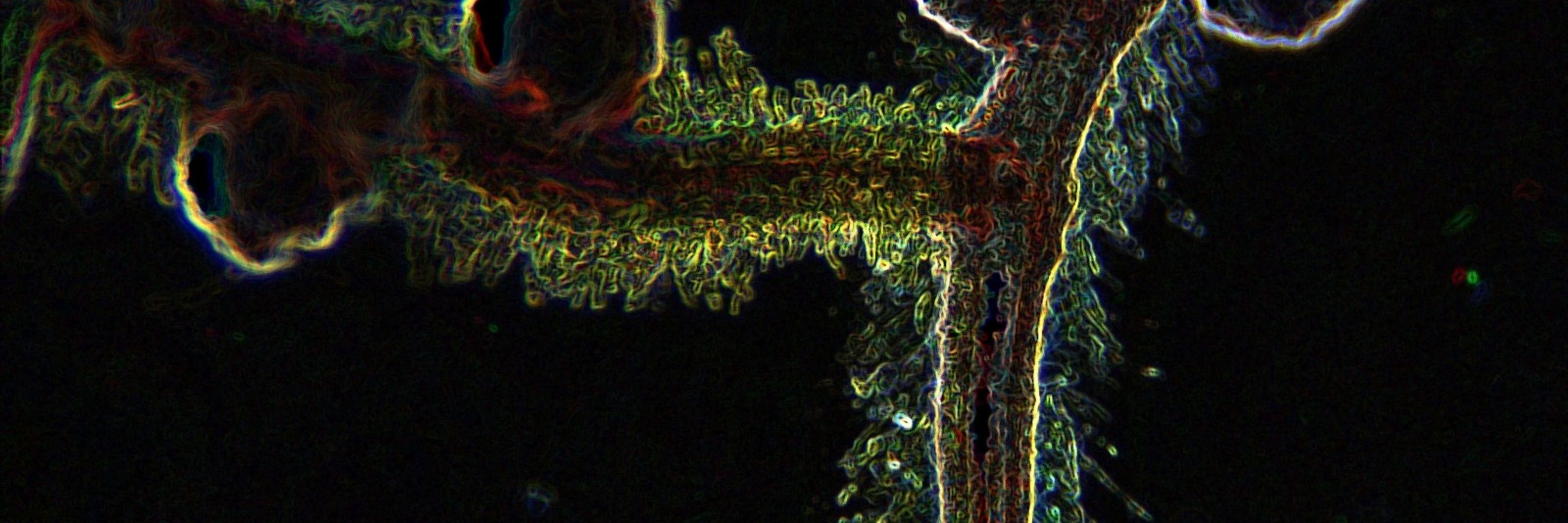Jean-Michel Ané
@jeanmichelane.bsky.social
1.1K followers
450 following
450 posts
Professor at the University of Wisconsin - Madison. Researcher on plant-microbe symbioses. Father of 5. Loves hiking, camping, archery, and coffee. Views are my own.
Posts
Media
Videos
Starter Packs
Reposted by Jean-Michel Ané
Reposted by Jean-Michel Ané

















